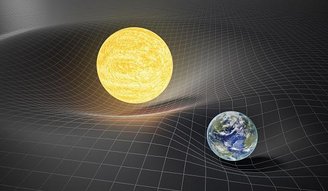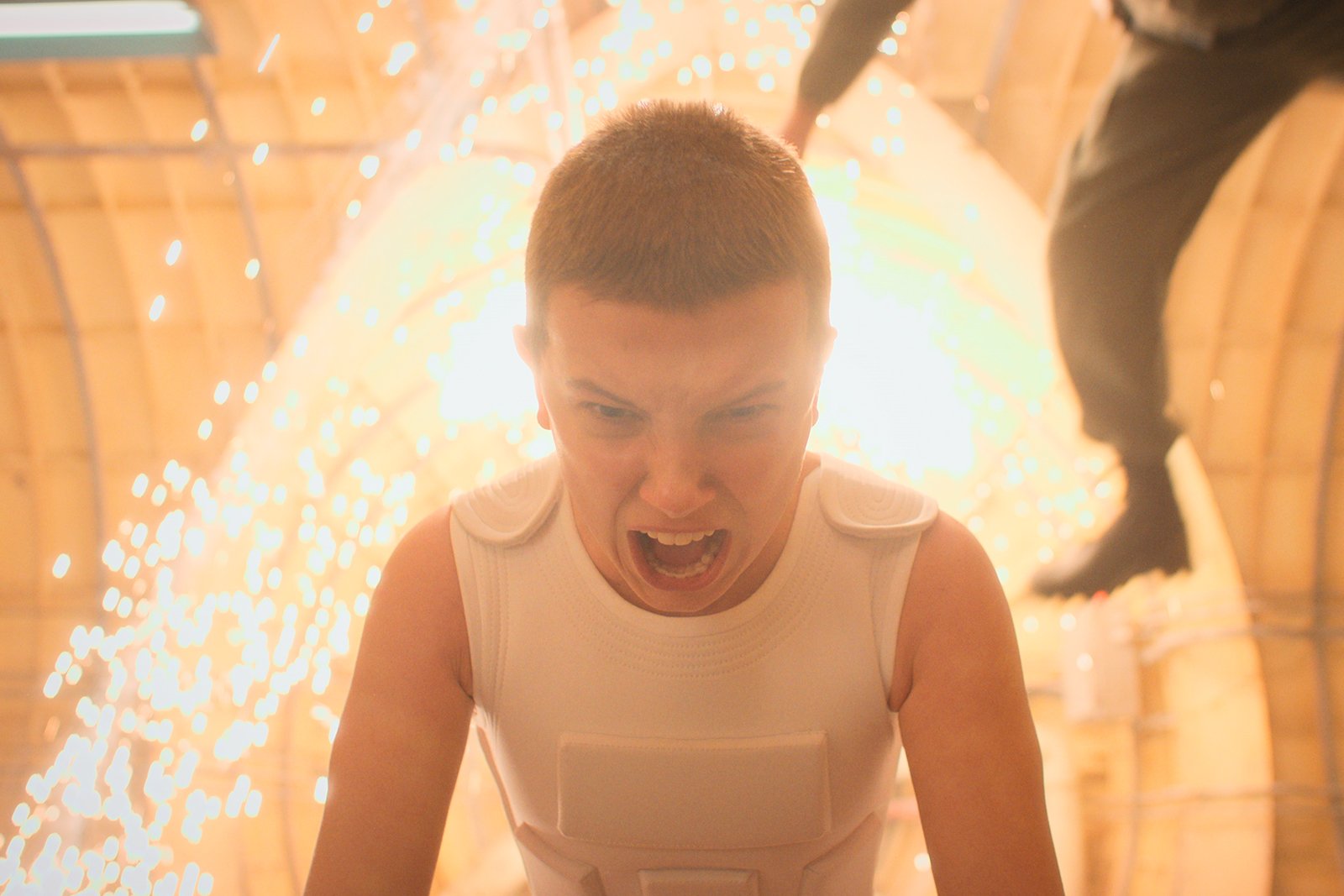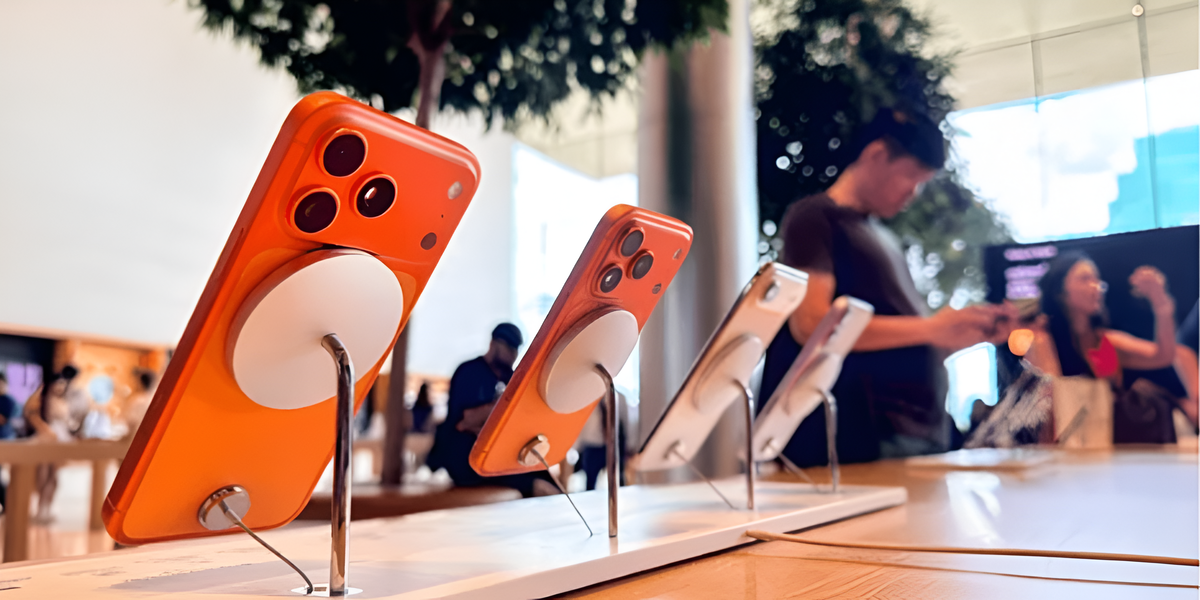Gravity is one of the most relevant topics in science today. After all, Albert Einstein only realized the value of this fundamental force of nature when he published his general theory of relativity in 1915. Gravity is everywhere, but on Earth it is the force that pulls all objects towards their center of mass.; So we are in direct contact with the surface of the planet.
In other words, gravity is responsible for mass and energy being attracted to each other. This force allows planets to revolve around stars just as the Earth revolves around the Sun, and allows people to fall to the ground when they step on Earth’s soil.
Although it is a widely accepted concept by the scientific community, there are still some doubts about how it works, and scientists continue to conduct experiments to better understand it.
“In mechanics, gravity is the universal gravitational force that acts between all matter. It is the weakest force known in nature and therefore plays no role in determining the internal properties of everyday matter. On the other hand, with its long-range and universal action, it controls the orbits of bodies in the Solar System and other parts of the universe, the structures and evolution of stars, galaxies and the entire universe,” the encyclopedia website explains: Britannica.
Why don’t you float in space instead of falling when you jump to the ground? When you drop something from a very high place, why does the object fall instead of remaining fixed in space? The answer to these and other questions is gravity. An invisible force that exists everywhere in the universe, but works differently depending on your location.
To explain a little more why gravity pushes us downward, we gathered information from scientists and other experts in the field.
Why does gravity pull us down?
Before discussing gravity, we need to understand the concept of spacetime, which is a system that operates in four dimensions: length, width, height, and temporal dimension. After analyzing this scenario, Einstein realized that the laws of physics describe space and time as an interconnected system. directly affects the manifestation of gravitational forces.
Space-time can be observed as a piece of fabric containing various celestial bodies composed of mass and energy. This fabric bends downward under the weight of a cosmic object such as the sun; Therefore, all planets in the Solar System revolve around the star. — as if the Earth were enclosing this curve created by the distortion of space-time. This is the effect of gravity.
Also, time passes much more slowly depending on how fast you move through space. As the twin hypothesis suggests: If you leave one brother on Earth and send the other to go into space at the speed of light, when he returns, the astronaut sibling will be much younger than the sibling who remained stationary on the planet.
In relation to the Earth, mass is responsible for bending space-time and pulling everything on it into its massive core. In other words, you and I are being pulled down by the gravity of the cosmic object.
Therefore, gravity is completely different on the Moon. Because its core is not as large, astronauts are pulled downward less and can virtually float in space while making jumps on the lunar surface.

In summary, Objects with more mass exert a greater gravitational pull than other celestial bodies in the area. It’s no wonder that the Earth, due to its large mass, pulls us downwards and pulls all objects towards itself.
This means you would have less weight on a planet with a less massive core. Theoretically, you exert the same gravitational force on Earth, but the effect on your body is relatively negligible due to your enormous mass.
So, is it possible to be pushed up? This hypothesis is called gravity hill and allows gravity to push objects and people upward.. According to scientists, this may also occur as an effect of the mass or exotic energy of an object, but so far they have not found such a thing.
Did you like the content? Stay up to date with more curiosities about gravity at TecMundo. If you wish, take the opportunity to understand how animals and plants are affected by the gravitational force of the Sun and the Moon.
Source: Tec Mundo
I’m Blaine Morgan, an experienced journalist and writer with over 8 years of experience in the tech industry. My expertise lies in writing about technology news and trends, covering everything from cutting-edge gadgets to emerging software developments. I’ve written for several leading publications including Gadget Onus where I am an author.












